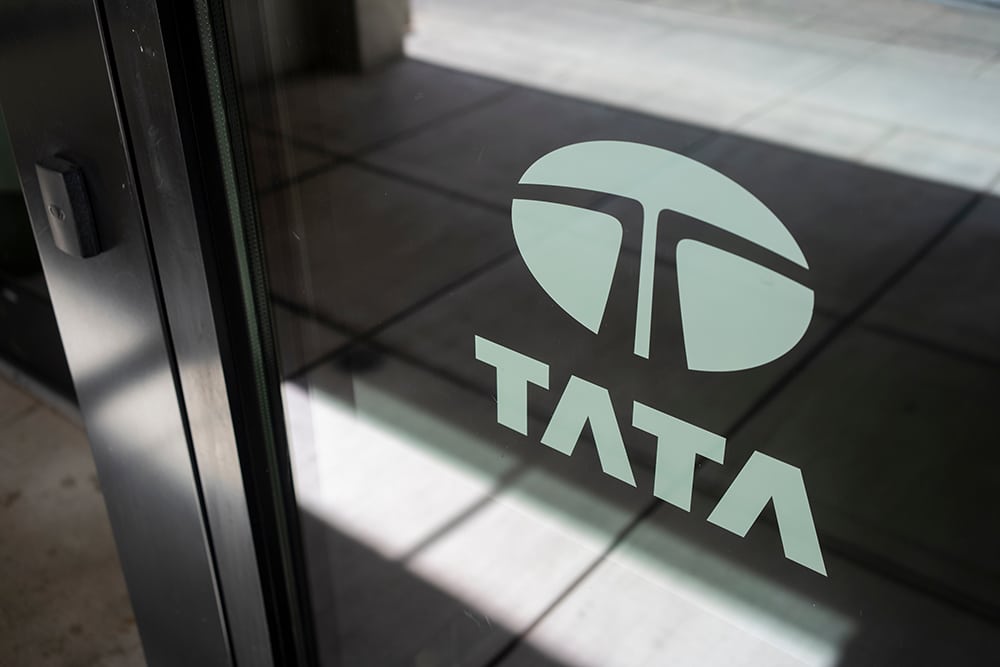UK Government & Tata Steel Reach Tentative Agreement on Port Talbot Plant, Risking 3,000 Jobs

The UK government and Mumbai-headquartered Tata Steel have reached a preliminary agreement over a funding package regarding the Port Talbot plant in South Wales. The package is part of a £1.25 billion ($1.55 billion) plan to decarbonize Port Talbot’s operations. However, concerns over jobs and the potential effect on local steel prices remain.
A September 15 announcement from the company said that under the agreement, Tata Steel would receive a grant of up to £500 million ($620 million) from the state. This would go toward replacing Port Talbot’s operating blast furnaces with electric arc furnaces. However, the group noted that the agreement remains subject to approval from various regulatory bodies. The parties must also perform a number of information and consultation processes and finalize the terms and conditions. It remains to be seen how this will impact steel prices.
“Tata Steel UK will soon commence consultation on the proposal and the transition period, including potential deep restructuring for the carbon-intensive, unsustainable iron and steelmaking facilities at Port Talbot, where many of the existing ‘heavy end’ assets —such as blast furnaces and coke ovens—are reaching the end of their operational life,” the company said in a statement.
MetalMiner’s 2024 Annual Metals Outlook just released! Get 2024 steel price projections, market drivers and specific buying strategies. See a free sample copy and then subscribe.
Tata Still Needs to Face Union Employees
In addition to this, Tata Steel executives noted that they have yet to consult with the unions associated with the plant. For instance, reports indicate that one union already opposes Port Talbot’s conversion to EAF from blast furnaces as it would result in job losses.

On September 13, online publication WalesOnline quoted the Community Union’s national officer, Alun Davies, as saying, “The unions have not agreed to any decarbonization strategy for Port Talbot, and Community Union does not support switching to an electric arc furnace model.” Davies went on to say, “There must be a full and meaningful consultation on all the options to decarbonize steelmaking and secure the future of every UK plant. Community Union will do everything within its powers to support our members and protect their jobs.”
Davies was not available for direct comment to MetalMiner on September 15. However, the WalesOnline report noted that Port Talbot directly employs 4,000 people and supports another 4,000 jobs in the surrounding area. The plant lies about 75 kilometers west of Welsh capital, Cardiff.
Get valuable market trends, price alerts, and commodity news, supporting your business in mitigating the impact of increasing metal prices. Register for MetalMiner’s free weekly newsletter.
Tata Claims Changes Won’t Affect Output, Steel Prices in the Balance
As of yet, there are no clear plans as to what kind of equipment would replace the operating blast furnaces and two basic oxygen furnaces. A source at the plant told MetalMiner on September 7 that there is no information regarding the number of electric arc furnaces or even the addition of value-added equipment, such as thin slab casters. At the time, the source added that talks on funding were taking place directly between Tata Steel’s parent company, Tata Group, and the Prime Minister’s office.

According to Tata Steel’s September 15 announcement, the production of finished products will not face disruption. “During the transition period and project phase, Tata Steel UK will work intensively to ensure an uninterrupted and reliable supply of products to fulfill customer and market commitments,” the group noted. “[This includes] the import of additional steel substrate from stable supply chains to feed its downstream units.”
Such promises could go a long way toward quelling concerns over the plant’s effect on steel prices. Indeed, Port Talbot’s two blast furnaces can produce about 4.8 million metric tons of pig iron annually. By comparison, its two basic oxygen furnaces can pour 5 million metric tons of crude steel per year, which it casts into slab and then rolls into hot and cold rolled coil.
The source noted that projected crude steel production for 2023 at the site is 3.2-3.4 million metric tons, from “just below” 3 million metric tons in the previous year.
Are you on the hook for communicating the company’s steel performance to the executive team? See what should be in that report!


Leave a Reply